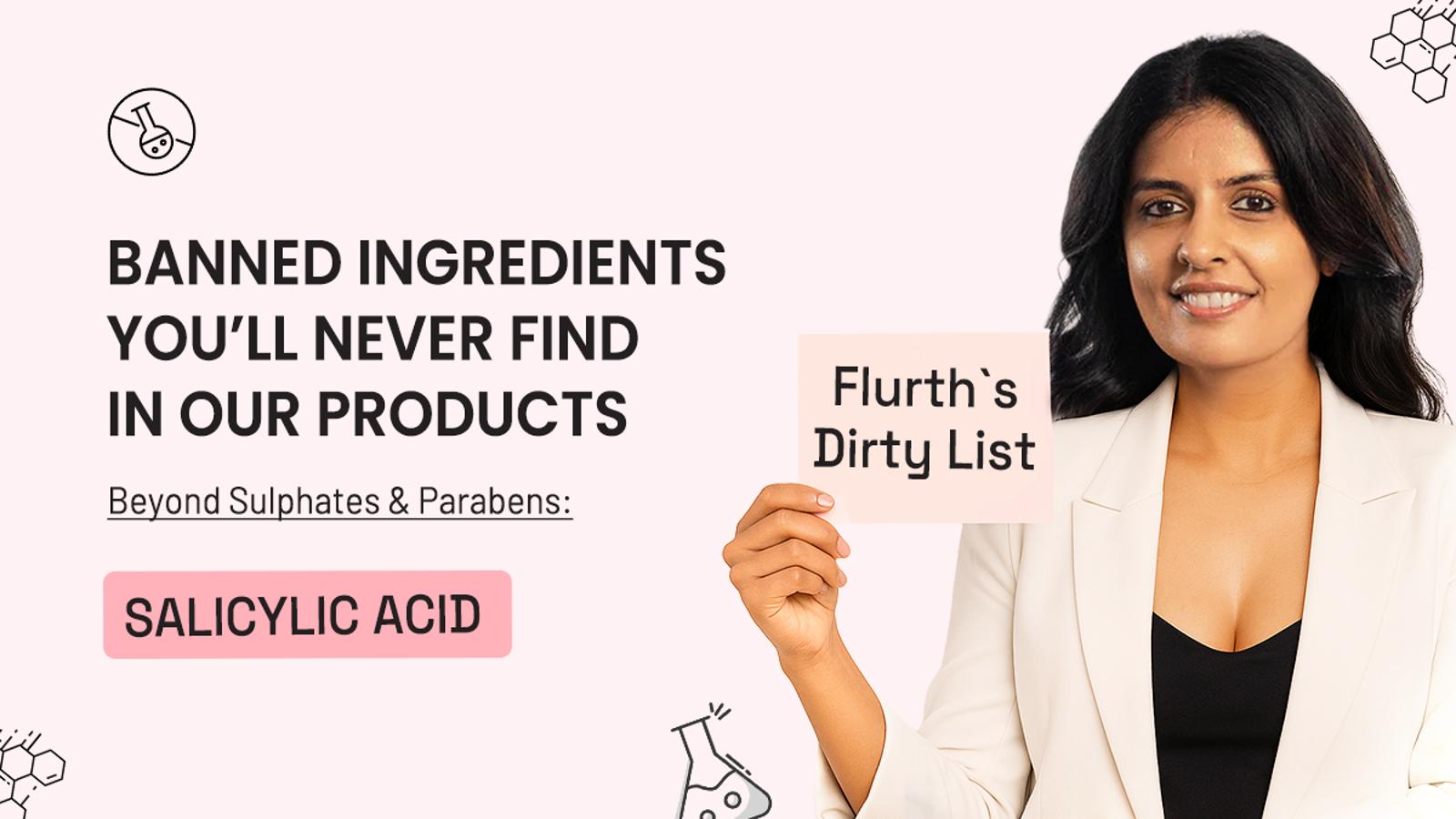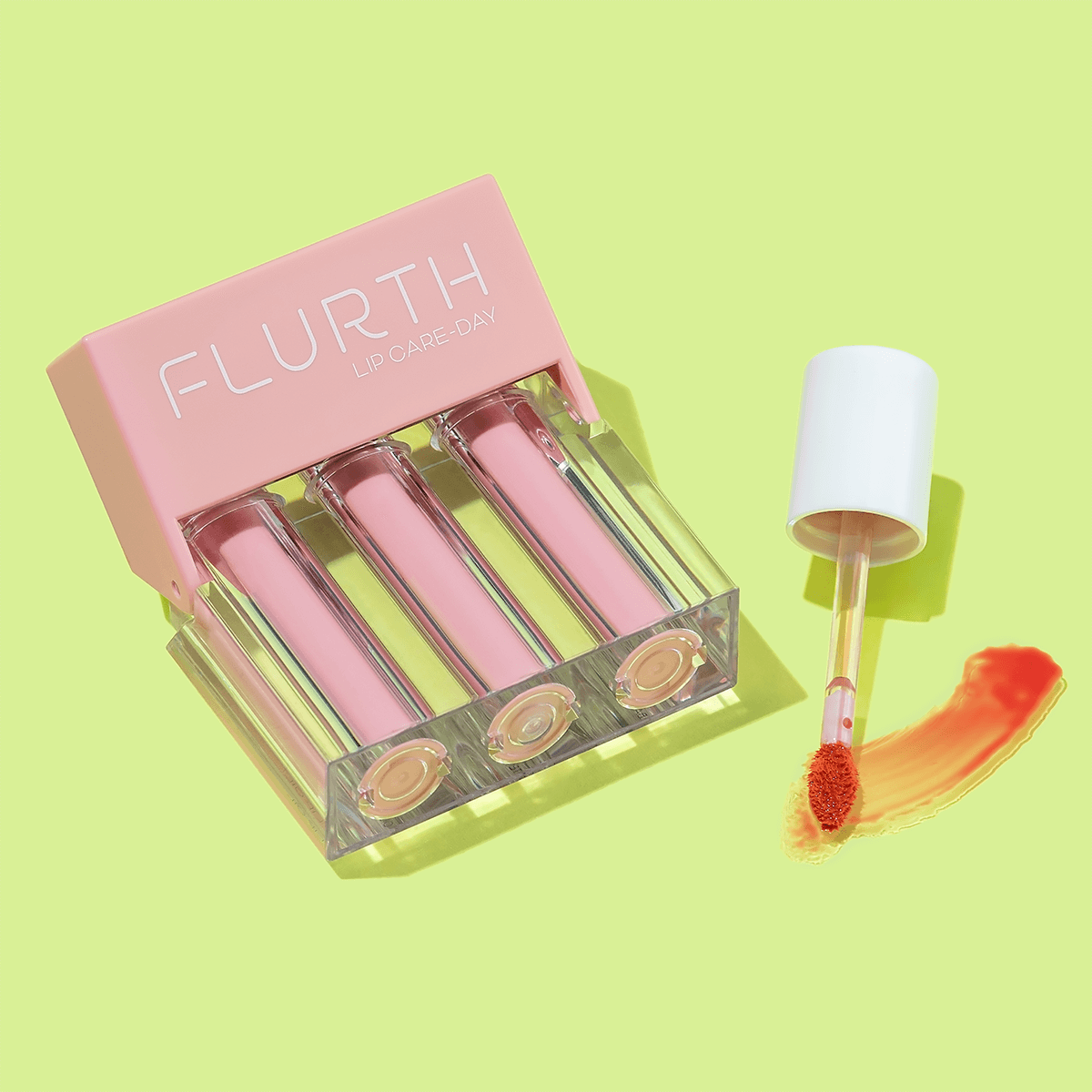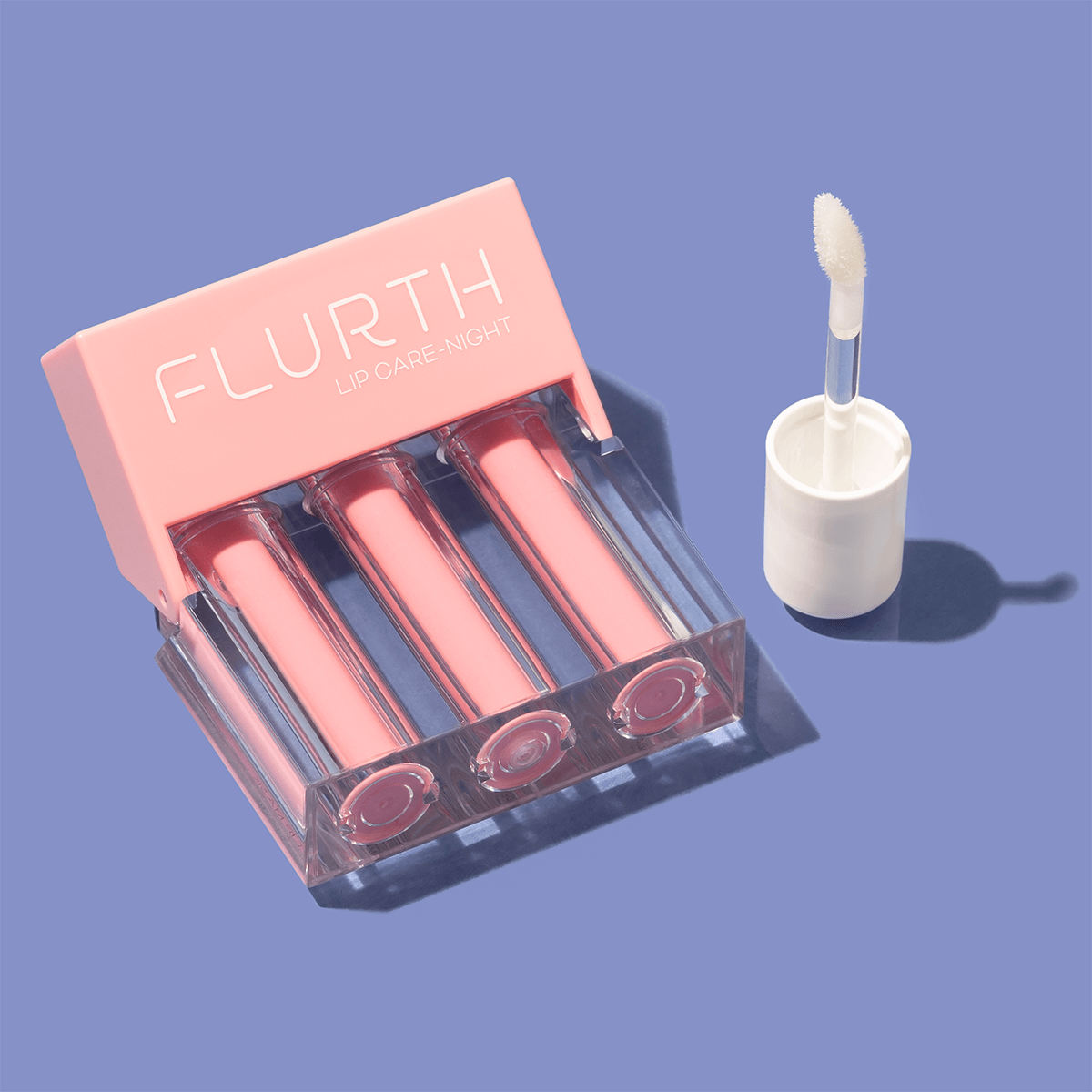
Is Salicylic Acid Safe in Lip Balms? What Clean Skincare Gets Wrong
When we hear “clean skincare,” most of us think about ditching sulphates and parabens. That’s a good first step — but it’s not the whole story.
Some ingredients that sound safe and trustworthy sneak into everyday products — including lip balms and masks. One of the most common (and misunderstood) is Salicylic Acid.
So let’s ask the real question: Is Salicylic Acid safe for lips?
The short answer: no. And here’s why.
What Is Salicylic Acid?
Salicylic Acid is a beta hydroxy acid (BHA) derived from willow bark. It’s a popular skincare ingredient for exfoliation, unclogging pores, and treating acne.
In small, well-regulated doses, it can be a hero. But overused — or used on the wrong skin type or area — it can backfire. For lips, it’s especially risky.
🚫 Why Salicylic Acid Is Unsafe for Lips
Lip skin is thinner, more delicate, and lacks natural oil glands. That means it’s more vulnerable to irritation, dryness, and barrier damage.
While Salicylic Acid may help with oily skin or acne on your face, in lip care it can cause:
- Flaking, redness, and peeling
- Long-term barrier breakdown
- Increased sensitivity and irritation
- Pigmentation and inflammation that mimic acne flare-ups
- In rare cases, toxicity from over-absorption
Put simply: what works for your back acne should never be applied to your lips.
Where Salicylic Acid Shows Up
You’ll find Salicylic Acid in:
- Acne cleansers & spot treatments
- Exfoliating toners and serums
- Peel pads
- Body lotions for keratosis pilaris
- Anti-dandruff shampoos
- Even lip balms & lip masks (yes, really!)
What the EU Says About Salicylic Acid
The European Union strictly regulates Salicylic Acid:
- Max 2% in rinse-off formulas
- Max 0.5% in leave-on formulas
- Banned in products for children under 3 (except shampoo)
- Not permitted in lip or eye-area products
Why so strict? Because overexposure strips the skin, leaving it vulnerable, dry, and inflamed.
Other countries like Canada and Australia follow similar caution. But in India, there are no restrictions on Salicylic Acid in lip care. That means many lip balms and masks sold locally still use it — even though it’s banned in Europe.
Why Salicylic Acid Became Popular
- Marketed as a “blemish fighter”
- Teen skincare pushed it hard
- That tingling sensation? Often mistaken as “proof” it’s working
- Used as a one-size-fits-all solution, leading to overexposure
✅ Safe Alternatives to Salicylic Acid for Gentle Exfoliation
Healthy lip care doesn’t need harsh acids. Instead, look for:
- PHAs (Polyhydroxy Acids): Hydrate while exfoliating
- Lactic Acid: Mild AHA that retains moisture
- Fruit Enzymes (Papaya, Pumpkin): Natural resurfacing
- Gluconolactone: Antioxidant-rich and barrier protective
These ingredients are gentler, effective, and lip-safe.
Flurth’s Take: Lip Care Should Be Skin Care
At Flurth, we don’t fearmonger — we fact-check.
Salicylic Acid has its place in acne care, but not in lip products. That’s why we strictly avoid any ingredients banned by the EU — even if they’re still legal in India.
Because your lips deserve more than what’s “allowed.” They deserve what’s safe.
Explore our Flurth AM & PM Lip Care Rituals — skincare-grade lip care, free from harmful acids, made with nourishing botanicals, and EU-compliant clean formulations.




